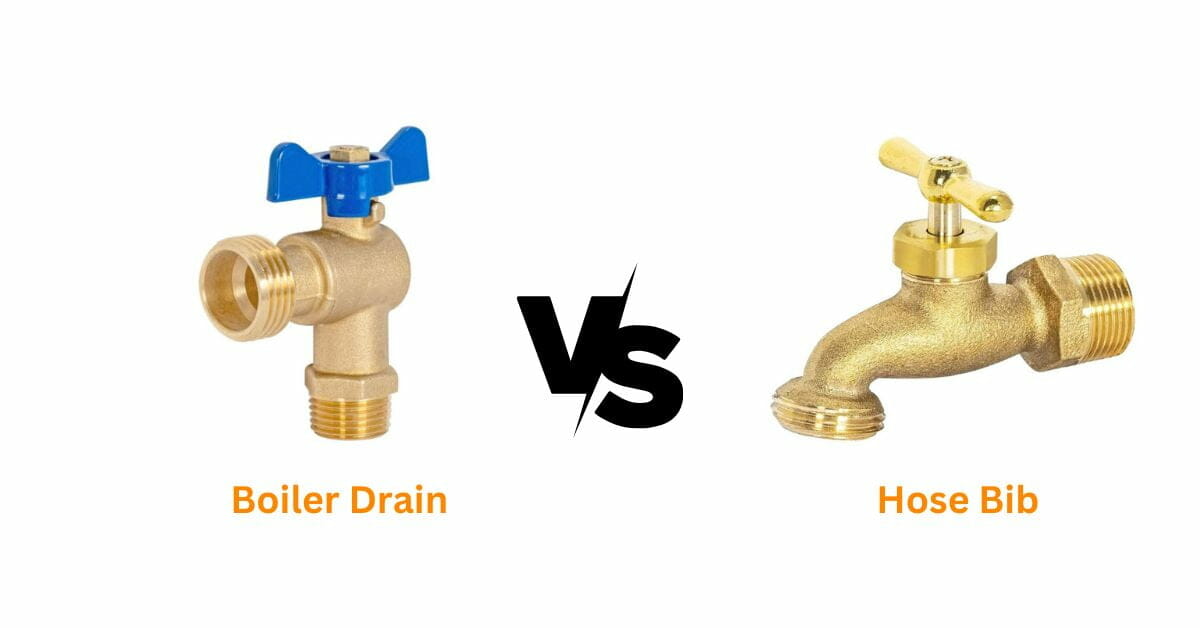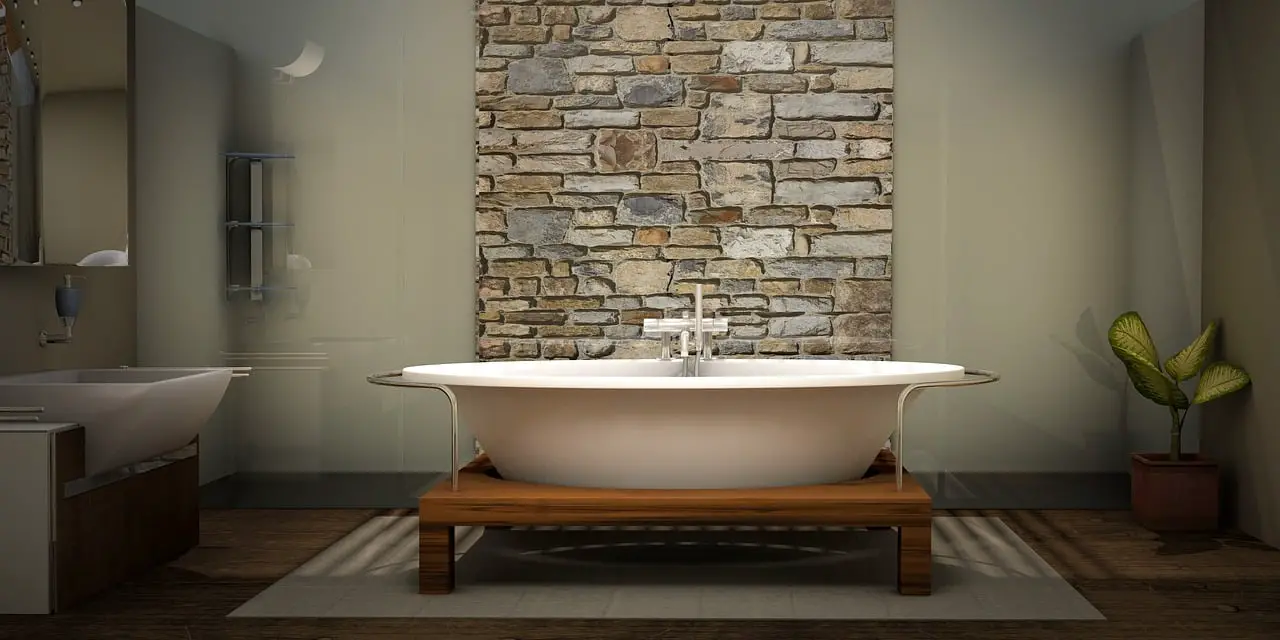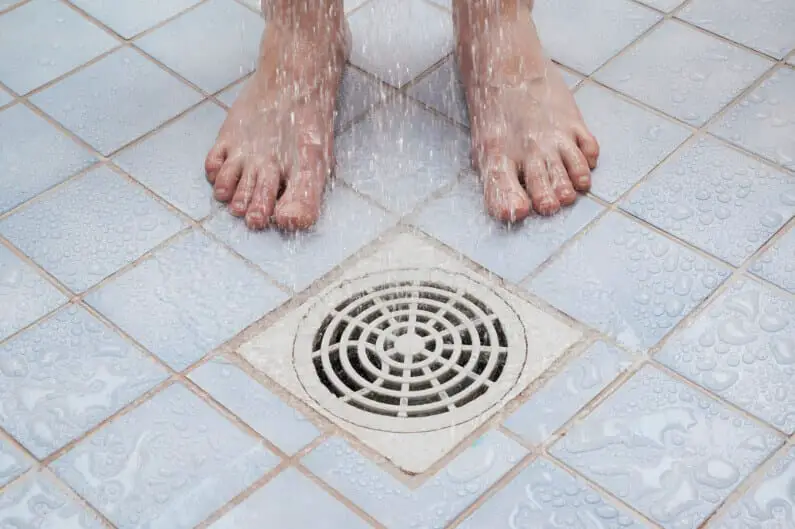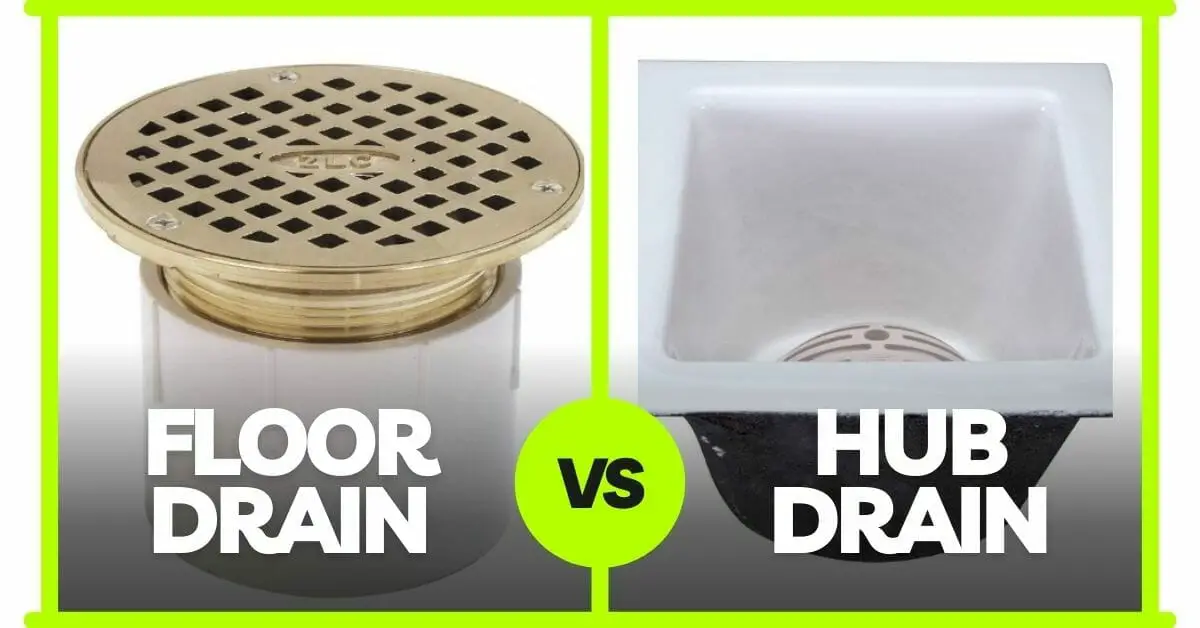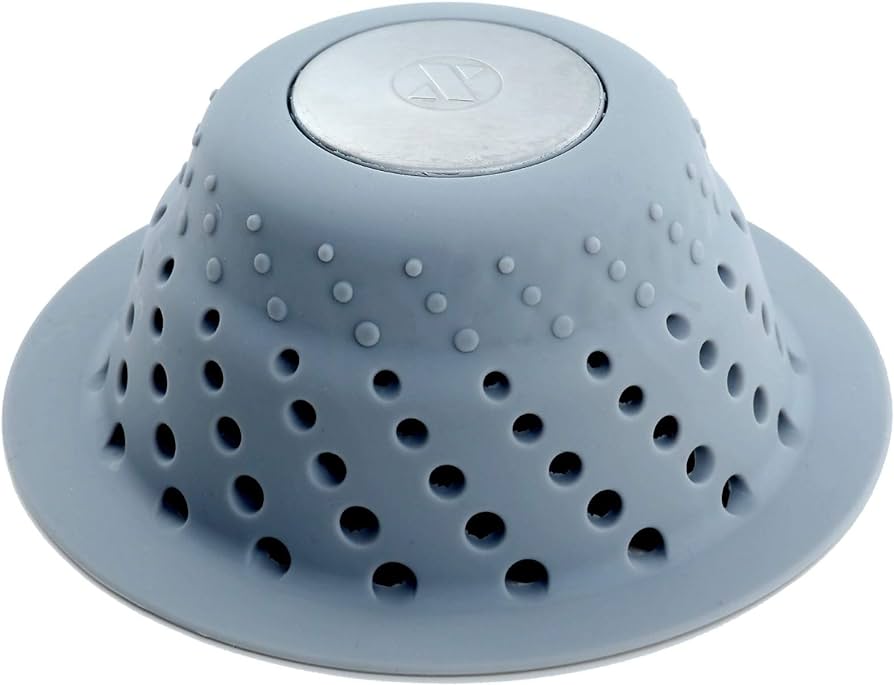When it comes to selecting the right plumbing fixture for your home or business, there are several options to choose from, including boiler drains and hose bibbs. While these two fixtures may look similar, they serve different purposes and have unique features that set them apart from one another. In this article, we’ll explore the differences between boiler drains and hose bibbs, and provide you with the information you need to choose the right option for your plumbing needs.
What is a Boiler Drain?
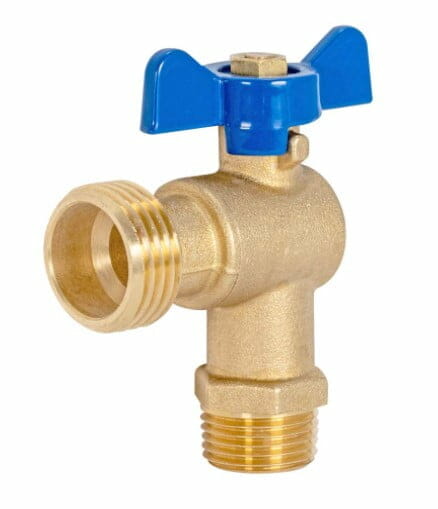
A boiler drain is a type of valve that is designed to control the flow of water from a plumbing system. These valves are typically installed at the base of a water heater or boiler and are used to drain the system for maintenance or repair purposes. Boiler drains are usually made of brass or plastic and can be threaded or soldered onto the plumbing system.
Pros and Cons of Boiler Drain
Boiler drains are commonly used in indoor plumbing systems to drain water from water heaters and boilers. Here are the pros and cons of using a boiler drain:
Pros
- Easy to install
- Provides controlled flow of water
- Available in different sizes and shapes
- Helps prevent water damage and leaks
- Helps prevent water damage and leaks
- Can be used for draining and flushing plumbing systems
Cons
- Lower flow rate than hose bibbs
- Limited use for outdoor applications
- May not be able to withstand high pressures
- Require specialized tools for installation
- Not be as durable as other plumbing fixtures
What is a Hose Bibb?
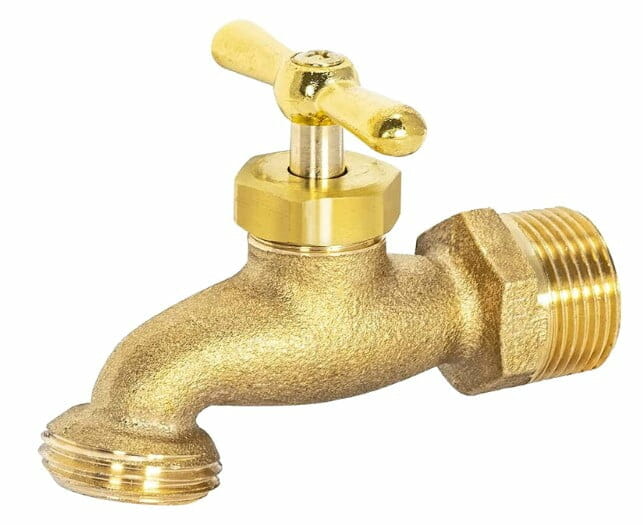
A hose bibb, also known as an outdoor faucet or spigot, is a fixture that is commonly used to provide water to outdoor areas, such as gardens and patios. Hose bibbs are typically made of brass, bronze, or plastic and are installed on the outside of a building. They are designed to be used with garden hoses, sprinklers, and other outdoor watering equipment.
Pros and Cons of Hose Bibb
Hose bibbs are commonly used in outdoor watering systems to provide water to gardens, lawns, and other outdoor areas. Here are the pros and cons of using a hose bibb:
Pros
- Provides a high flow rate of water
- Easy to use and connect to a garden hose
- Easy to use and connect to a garden hose
- Available in different sizes and shapes
- Can be made of durable materials such as brass and bronze
- Suitable for a wide range of outdoor watering applications
Cons
- May not be suitable for indoor plumbing systems
- Freeze and burst in cold temperatures
- Require regular maintenance to prevent leaks
- Not be as durable as other plumbing fixtures
- More expensive than other plumbing fixtures
Boiler Drain vs Hose Bibb: Comparison Table
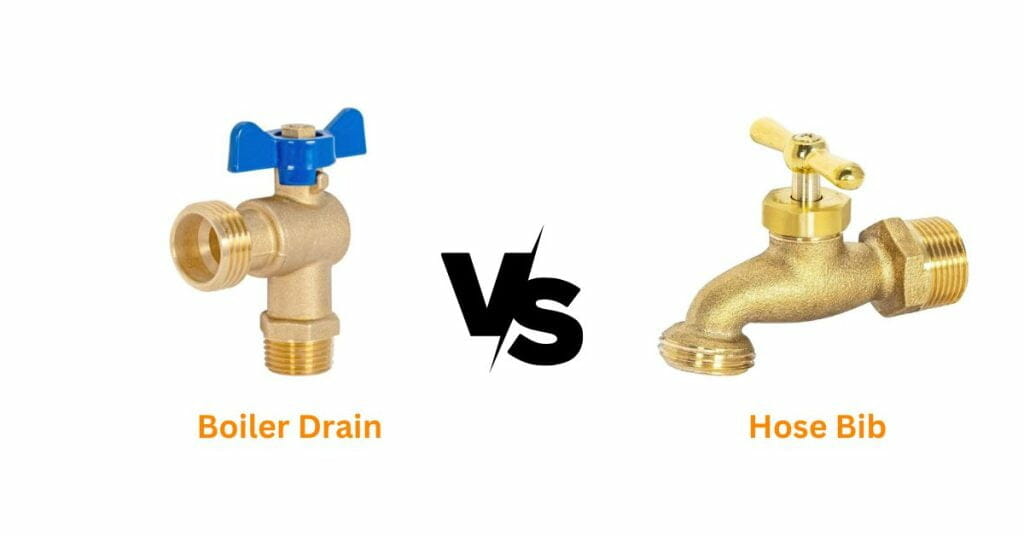
| Feature | Boiler Drain | Hose Bibb |
| Material | Brass or plastic | Brass, bronze, plastic |
| Connection Type | Threaded or soldered | Threaded or soldered |
| Flow Rate | Lower | Higher |
| Pressure Capacity | Higher | Lower |
| Size and Shape | Larger and more cylindrical | Smaller and more rectangular |
| Typical Applications | Indoor plumbing systems | Outdoor watering equipment |
What is a Boiler Drain on a Washing Machine?
A boiler drain on a washing machine is a type of valve that is used to control the flow of water from the washing machine’s plumbing system. These valves are typically installed on the back of the washing machine and are used to drain the machine for maintenance or repair purposes.
What is a Boiler Drain Valve Used For?
A boiler drain valve is used to control the flow of water from a plumbing system, such as a water heater or boiler. These valves are typically installed at the base of the system and are used to drain the system for maintenance or repair purposes.
Can You Use a Boiler Drain for a Hose Bibb?
While it is technically possible to use a boiler drain for a hose bibb, it is not recommended. Boiler drains are not designed for outdoor use and may not be able to withstand the elements. Additionally, boiler drains may not provide the same level of water pressure and flow rate as a hose bibb.
Summary
In conclusion, when it comes to selecting the right plumbing fixture for your needs, it is important to understand the differences between boiler drains and hose bibbs. While both fixtures serve important functions, they are designed for different applications and have unique features that set them apart. By considering your specific plumbing needs and the features of each.
